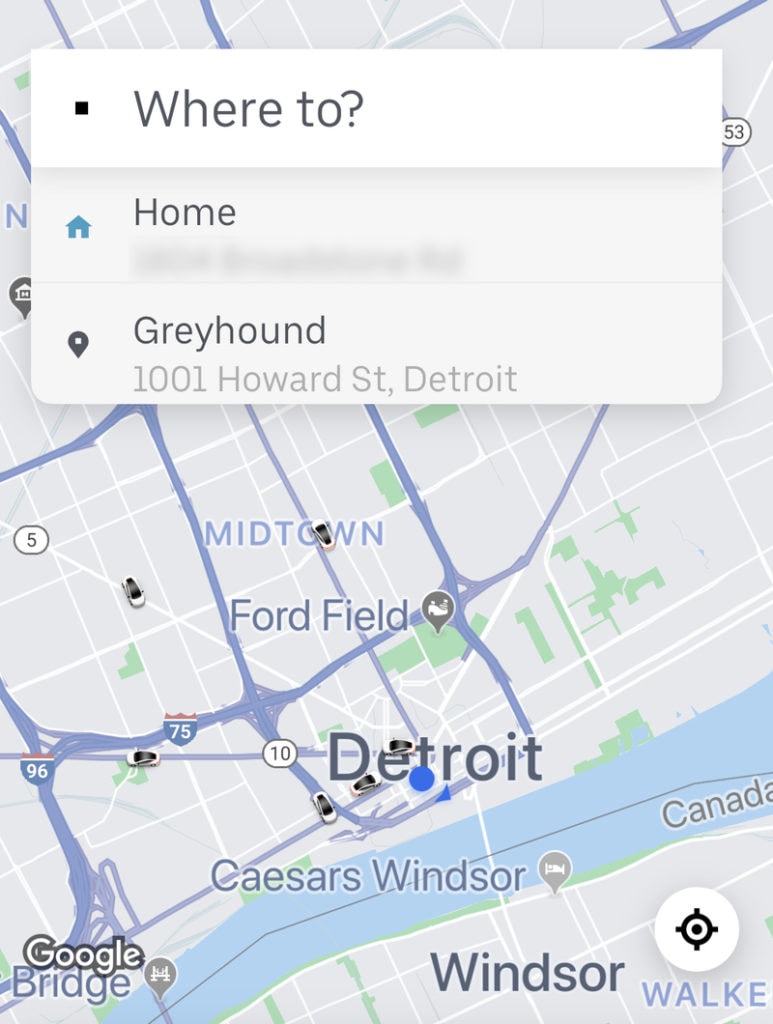
Sometimes the pace of cultural change creeps up on you. It’s startling to think that just a few years ago, the idea of getting into a stranger’s car and letting him drive you to your destination would have been crazy. To find another stranger on the internet and book a spare bedroom in their house, likewise. And yet today, companies like Uber, Lyft, Airbnb and others are household names. We call them part of a new economic niche – the sharing economy.
The structural shift from a goods-based to a service-based economy is reflected in this new collection of markets. Although many people probably don’t consider it, public transportation has an important role to play in this evolution. As our recent report suggests, success rests, in part, on incorporating traditional public transportation into the basket of mobility services offered through the new sharing economy.
What is the sharing economy?
The sharing economy, also referred to as collaborative consumption, has been growing since the advent of the Internet. Its rise during the Great Recession was aided by companies like Airbnb, Uber and others, including co-working spaces and the various crowdfunding platforms.
This new economic system works by allowing individuals to share assets or services, either free or for a fee, using the Internet to match buyers and sellers. Sharing goods and services on a large scale is made possible by easy access to data and algorithms.
The sharing economy is estimated to grow from $14 billion in 2014 to $335 billion in 2025. It is transforming not only the macro economy, but how we view goods and services. In the goods-based economy of the past, we purchased what we needed and owned many things; owning was a status symbol. With the sharing economy, the goods we own and services we possess become assets we can offer to others and the things we don’t possess can be borrowed or rented to meet our immediate needs.
Transportation in the new economy: Mobility as a Service
Not so long ago, families had multiple cars and drove them everywhere. Now it is becoming common to share or rent a car, driving only when necessary and combining driving with other options, including ridesharing, bicycle or scooter sharing and public transit, especially in urban areas. As mobility options evolve, the multi-car family will become less common. People will view transportation as a service to purchase rather than an asset to own.
The explosion of ridesharing has completely changed the nature of transportation, transforming it from a good to a service. Beyond ridesharing, the discussion of public transportation is evolving, from how to provide transportation to people without a car to how to improve overall mobility for everyone. Mobility is about more than cars, buses and rail lines; it includes walking, biking and scootering, as well as numerous options besides a personal automobile.
This is where the idea of Mobility as a Service (MaaS) comes in; it is a combination of public and private transportation services within a given region that provide holistic, optimal, and people-centered travel options which enable end-to-end journeys paid for by the user as a single charge. The focus is on individual needs rather than merely large-scale, fixed-route and scheduled transportation options and includes the use of mobility managers and microtransit. Microtransit mirrors ridesharing and is flexible, on-demand, door-to-door service and can be used in conjunction with traditional public transportation to solve first- and last-mile travel problems.
For example, a commuter might cycle to a bus stop, stow the bike on a rack on the bus, ride the bus to a terminal, remove the bike and cycle the rest of the way to work. When weather doesn’t permit cycling, that commuter might call a rideshare to and from the bus stops, either through a public microtransit program, a private option, or a partnership between private companies and public transit providers to provide rides to bus stops. This is just one example; there are almost infinite ways various options can be combined to suit individual travel needs.
How does public transportation fit into this new mobility?
Traditional public transportation service providers find themselves at the proverbial crossroads. They must decide their future role in this emerging sharing economy. One thing should be clear to them: They need to evolve and adapt to the changing private sector options and become a complement to this new way of getting around. There is evidence that many urban transit providers are working on this.
Moving forward, the focus of transit providers needs to be on how to provide seamless service that is part of the multimodal menu that urban travelers desire. Transportation and mobility will continue to change and expand with advances in technology. This is nothing new; at one time in the 1800s, people thought that the biggest transportation problem of the future would be figuring out how to deal with all the horse manure in the streets.
Rather than being stuck on a certain type of service, public transportation needs to focus on improving mobility across urban regions. With renewed focus on mobility, an urban region can turn to a much broader menu of transportation options and technologies to facilitate getting citizens to where they need to go, whether it is work, school, recreation, entertainment or shopping.
